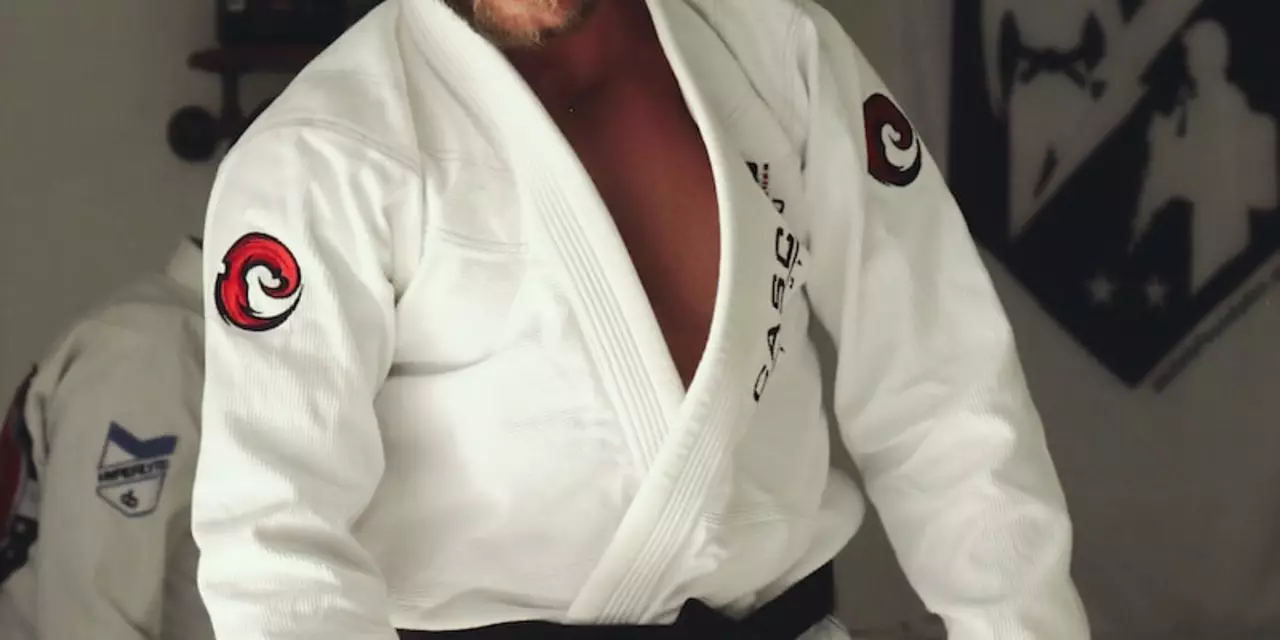Judo Law and Regulations: Your Guide to Rules & Submissions
When working with Judo Law and Regulations, the official set of rules that control how judo is practiced in clubs and tournaments. Also known as judo rules, it decides which techniques count for points, which actions end a match, and how safety is enforced.
Key Areas Covered
One of the most talked‑about topics under these rules is submissions, techniques that force an opponent to tap out, such as joint locks and choke holds. Judo Law and Regulations encompasses legal submissions, meaning they are only allowed when applied correctly and without risking permanent injury. This requirement forces athletes to master the mechanics of each move before they can use it in competition.
Joint locks, grips that target an opponent’s elbow or shoulder to create a painful lever are permitted only when the pressure is controlled and the referee can see a clear tap. The rules demand proper technique, so a poorly executed lock can be stopped immediately for safety. Because competition safety standards influence which joint locks are allowed, many clubs teach a limited set that complies with the current regulations.
Similarly, choke holds, strangulation techniques that cut off blood flow or air to the brain are legal but must be released the moment the opponent taps or the referee calls a stop. The regulations dictate that choke holds be applied in a way that avoids neck injuries, which is why coaches stress gradual pressure and constant monitoring.
These three entities—submissions, joint locks, and choke holds—are tightly linked. The central rule set requires that any submission be executed with the precision demanded by the competition safety standards, and those standards in turn shape how athletes train and compete. In practice, this means a judoka will spend hours on ukemi (breakfall) drills before ever attempting a legal armbar or shime-waza (choking technique) in sparring.
Beyond technique, the regulations also cover match structure, scoring, and penalties. For example, a shido (minor penalty) can be given for an illegal grip, which directly affects a fighter’s ability to apply a submission later in the bout. Understanding how penalties intersect with allowed techniques helps competitors manage risk and stay within the rule book.
All of this information feeds into the broader goal of the sport: to practice a safe, respectful, and fair martial art. By following the law and regulations, clubs create an environment where beginners feel protected while experienced athletes can push the limits of skill without compromising safety.
Below you’ll find a curated list of articles that break down each of these points in more detail—legal submissions, specific joint lock rules, proper choke hold application, and the latest competition guidelines. Dive in to see how the rules shape every aspect of judo training and competition.
What submissions are legal in judo?
Judo is a martial art that focuses on using the opponent's power and momentum to throw them. Submissions are legal in judo, which are techniques that force the opponent to tap out or submit. These submissions include joint locks, choke holds, and strangle holds. It is important to remember that the goal of judo is to throw the opponent, so submissions should be used sparingly and only when necessary. Submissions are also prohibited if they are dangerous or cause permanent injury. Proper judo technique and etiquette must be followed when using submissions.
